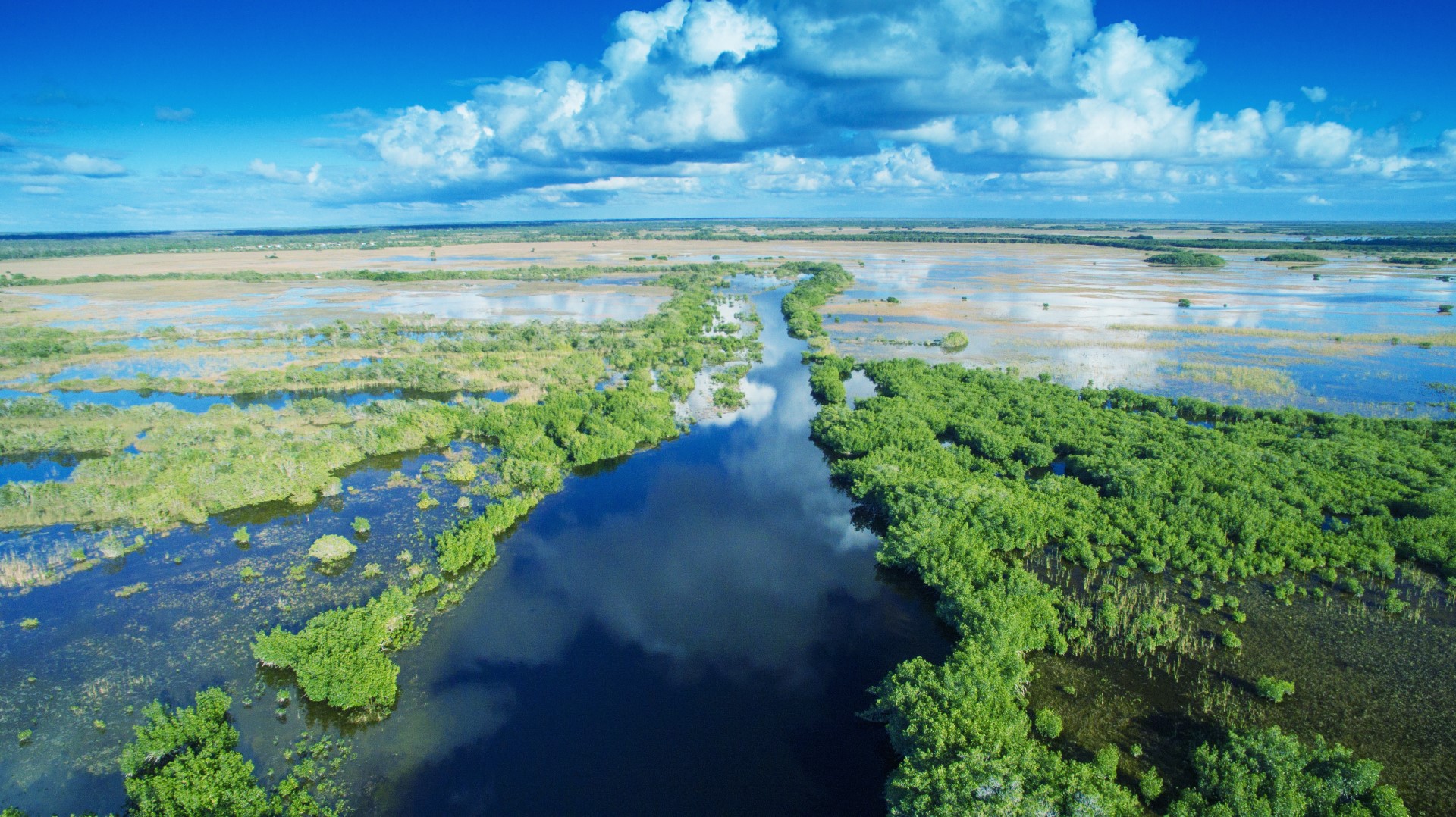
The daughter of Everglades Foundation founder George Barley says the group today is nothing like the one her father launched decades ago.
In an op-ed for the Orlando Sentinel Catherine Barley-Albertini, now a freelance writer in California, says the Everglades foundation has “badly lost its way” from its initial mission of Everglades restoration.
Barley-Albertini reflects on her father’s “passion for nature,” and the family vacations centered around it. She says she still visits Florida frequently, and possesses a deep appreciation for the region’s fragile ecosystem.
“He taught us to love and protect nature and wildlife,” Barley-Albertini writes, adding that her father “would never support a plan to send massive amounts of polluted lake water south to the Everglades when it was already too full.”
If her father were alive, she believes he would be “appalled at today’s political, economic and scientific shenanigans.”
In more than two decades after his death, Barley-Albertini says nothing has really changed, despite supporters vowing to fight for his cause at his funeral.
As an “extremely conservative, low-key person” Barley-Albertini says her father was fiercely honest and would stop at nothing to find the truth.
“While he wasn’t able to realize his dream,” she writes, “I feel an obligation to help fulfill it.”
Barley was relentless in his goal of restoring the “River of Grass” and the day he died, he was on his way to meet with the Army Corps of Engineers.
Since then, his name became “nearly synonymous” with Everglades restoration and the effort that has now spanned nearly three decades.
“Sadly, his dream of saving the Everglades is slipping away,” Barley-Albertini says, “as that focus has been replaced by the battle pitting coastal environmental groups against agriculture over damaging Lake Okeechobee discharges.”
Environmentalism has become “just another special interest” with fundraisers, lobbyists and paid staffers. Barley’s passion was to work with the public and private sectors as well as political leaders to act.
“Today’s activists are spreading a message of hate and division,” Barley-Albertini says.
While Barley battled farmers to make sure they assume their fair share of responsibility for pollution, including stricter water-quality requirements, his daughter said he would be happy that sugarcane farmers are cleaning water and “paying their fair share” of restoration.
“Mostly, he’d have been thrilled with the incredible progress today with more natural water flow and more than 90 percent of the Everglades meeting strict clean-water standards,” Barley-Albertini says.
Nevertheless, she says, today’s Everglades Foundation “has strayed far” from her father’s mission.
According to Barley-Albertini, false science is being used to promote false solutions.
In discussing with scientists, she found that excess nitrogen in the 1990s created the massive algae blooms and wildlife mortality.
But her father was “misled by scientists Jay Zieman and Ron Jones.”
Now environmentalists are ignoring generational family farming communities south of Lake Okeechobee. Instead, they are calling to flood both land and the Everglades.
“My father would never support a plan to send massive amounts of polluted lake water south to the Everglades when it was already too full,” Barley-Albertini says. “He would consider the issue more comprehensively, balancing the entire ecosystem, north, south and central, while considering the complex and comprehensive effects of the many septic systems as well as the effects of nitrogen, fertilizers, pollution and pesticides from our air and soil.”
After billions of both state and federal money spent on “timing, quantity and quality and more natural conveyance of water south,” development has rendered what’s left of the Everglades to half its original size.
What was never intended as part of Everglades restoration was rerouting hundreds of billions of gallons of nutrient-rich Lake Okeechobee water south.
It may sound simple, Barley-Albertini says, but introducing that much lake water would “destroy what’s left of the Everglades.”
Of course, estuary damage must be addressed, and excess water must be kept out of the lake and estuaries.
But for Barley-Albertini, the solution could not come at the expense of a recovering Everglades.
The Florida Legislature must “stay focused on solutions that continue real restoration,” she says. “We have only one Everglades.”



